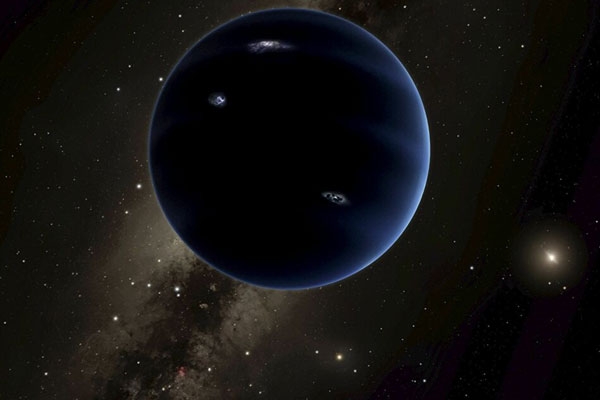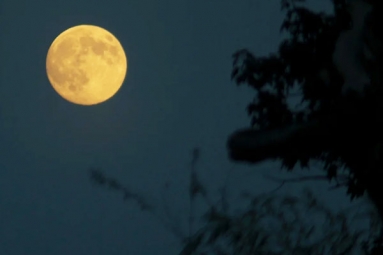
(Image source from: sputniknews.com)
The researchers have used data from the Dark Energy Survey (DES) and have found more than 300 trans- Neptunian objects (TNOs) and minor planets which are said to be located in the far reaches of the solar system, including more than hundred new discoveries.
The study which is published in The Astrophysical Journal Supplement Series is said to also be describing a new approach which is used for finding the objects that are of similar type and is also said to aid the future searches for the hypothetical Planet Nine and also the other planets which are not discovered.
The work has been led by Pedro Bernardinelli who is a graduate student along with the professors named Gary Berstein and Masao Sako.The Dark Energy Survey has completed six years of data collection in January and the goal of the Dark Energy Survey is to understand the nature of dark energy by collecting the images of high precision of the southern sky.
The researchers have found 316 minor planets in total in the data and had determined 139 which had not been documented before and the objects are said to be ranging in a distance which is said to be from about 30 astronomical units (AU) which is said to be close to the orbit of Neptune.
The Dark Energy Survey is said to be using the technology in order to map the galaxies, for detecting the supernova and also to find the patterns of the cosmic structures which would help the experts to learn about the expansion of the universe.
It has been observed that the infrared and the near- infrared data of the southern sky from the years 2013 to 2019 have been collected by the Dark Energy Survey.The team has used the first four years of the data provided by the Dark Energy Survey and the high- tech software and has started with the a data set of seven billion ‘dots’ which has represented the possible objects that are detected by the software.
After which the elimination of the objects that were present on the numerous sites has been done which had also included the stars, galaxies and supernova and the list has been narrowed down to 22 million.
Later on, the team has cut back to just 400 candidates which have been spotted over being under observation for at least six nights.
In order to filter the list of candidates to the actual TNOs, 139 objects that were never seen before have been identified by the researchers team and the objects that have been identified are said to be in a distance from about 30 astronomical units which is close to the orbit of Neptune, right out to over 90 astronomical units.
The researchers who were involved have believed that the new way of using the trans- Neptunion Objects for finding the planets could help in aiding their mission in hunting down the elusive Planet Nine.
The experts at Caltech were the first people to theorize Planet Nine in the year 2016 when they had spotted that, a group of icy objects which are found to be on the edges of the solar system have tilted orbits.
It has been said that the objects have elliptical orbits which pointed in the same direction and that the orbits were titled 30 degrees downward when compared to the plane in which the planets circle the sun.
Although Planet Nine has never been spotted, numerous astronomers which also includes the scientists at National Aeronautics and Space Administration (NASA) have also released research which supports the theory.
By Shrithika Kushangi







